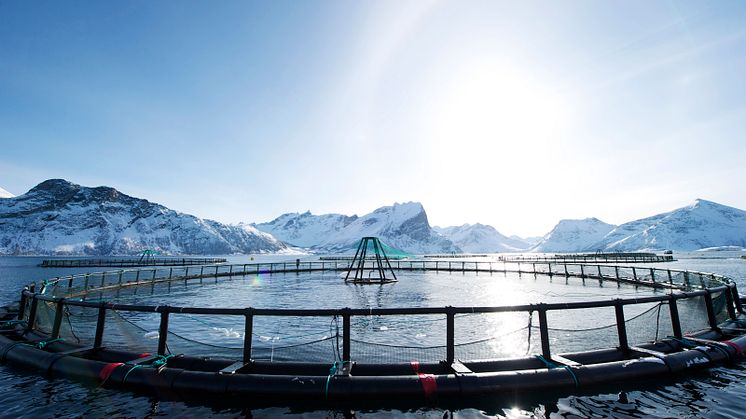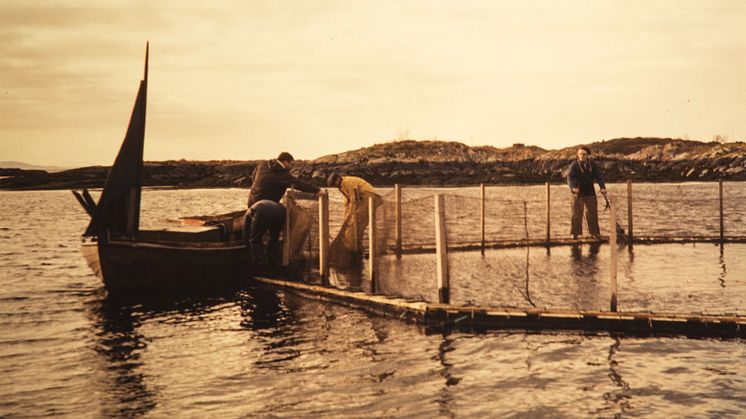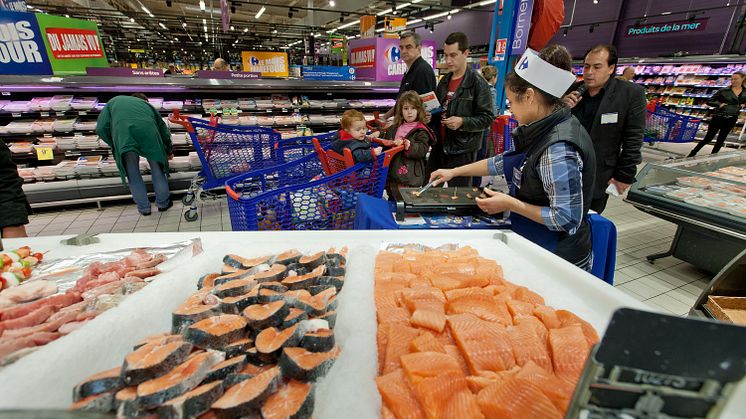
Press release -
Three in four want to eat more seafood
According to a large international study by the Norwegian Seafood Council, 76 percent of consumers say they want to eat more seafood than they do today.
The Seafood Consumer Index, an annual study performed by Kantar TNS on behalf of the Norwegian Seafood Council, maps seafood consumer preferences and behaviours of more than 25 000 respondents in up to 25 markets. It is the world’s largest seafood consumer study and offers invaluable insight into seafood consumption patterns and trends.
“This year’s study offers interesting insight into how the Corona pandemic may affect the future market for seafood. The pandemic has changed our everyday habits, definitely short-term, but many of these changes could also manifest themselves long term. For example, we see increased focus on healthy eating, and this is a great opportunity for seafood. Findings differ somewhat between regions and from market to market, but almost unanimously people are saying they would like to eat more seafood than they do today,“ says Dr Lars Moksness, Seafood Analyst at the Norwegian Seafood Council.
“Whilst there is a near consensus across the markets of the desire to eat more, the reasons for eating seafood differs in many markets. Health and taste are overall the most important drivers for consumption, but we also see growing importance of sustainability and focus on food safety in many markets,” says Dr Moksness.
Big seafood eaters want more
Asian markets lead the way, with up to 9 out of 10 consumers in China and Thailand “strongly” or “completely” agreeing with the statement “I would like to eat more seafood than I do today”. In Europe, 80 percent of respondents in Portugal, the country in Europe with the highest seafood consumption per capita, say they would like to eat more fish than today, whilst 81 percent say the same in Italy.
“It is interesting that in markets and age groups where people are already eating a lot of seafood, people want to eat still more. Across all markets, 81 percent of those aged between 50 and 65 say they want to eat more seafood going forward, compared with 73 percent of 20 to 34-year olds,” Moksness says.
Want to eat more seafood, but will they?
“It is really positive that people express intention to eat more seafood, and time will show whether they will act upon this desire. There are many things that influence the way we behave, and although most people would probably say they would like to lead healthier lives, it does not mean everyone will become gym bunnies overnight,” Moksness points out.
According to the study, only around half of us report eating seafood twice or more times per week, which is he recommended amount according to many health authorities.
“There is no doubt the results are encouraging and offers great potential for the seafood sector. Forming new habits take more than just desire to change, there are many other factors such as price, availability and knowledge which also play important roles. For the NSC and the Norwegian seafood industry this means increased focus on communicating the benefits of our seafood in a language people can relate to, and provide inspiration and products to make it easy for consumers to act upon this desire to include more seafood in their diets,” Moksness says.
Topics
Categories
The Norwegian Seafood Council works with the Norwegian fisheries and aquaculture industries to develop markets for Norwegian seafood through local market intelligence, market development and reputational risk management. The Seafood Council is headquartered in Tromsø and maintains local representatives in twelve of Norway's most important international markets. The Norwegian seafood industry finances the activities of the Norwegian Seafood Council via a tariff on all Norwegian seafood exports.
The Norwegian Seafood Council is a public company owned by the Ministry of Trade, Industry and Fisheries.









